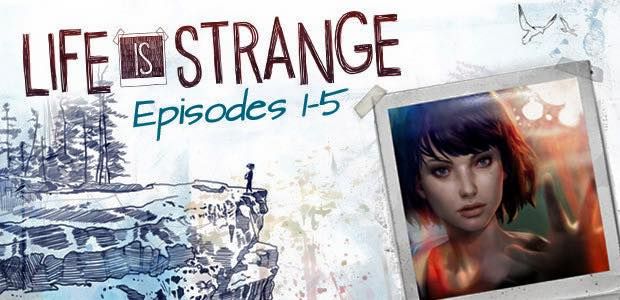
Life is Strange
The elevator pitch for Life is Strange is usually “a Telltale-style adventure game where you can rewind time to edit your choices,” but it’s far from a clone. The time travel mechanics are more multifaceted than that, for one thing, as they can be used to imitate premonition and teleportation, among other things. Its gameplay is also peppered with detective segments, its story is filled with potent symbolism, and its unique atmosphere often feels more like an out-of-body experience than a roleplay. The player is more of a companion than a puppeteer to the characters, but when those characters are so three-dimensional, their world so vividly realized, and its relevant subject matter handled so maturely, merely observing it all through a mildly fantastical lens is as engaging as it needs to be.
Befitting its stellar soundtrack, Life is Strange is like a punk or folk song in video game form – a lack of refinement is the price you pay for authenticity. For example, as devastatingly memorable as several sequences are, the amount of ambiguity and red herrings in the plot’s resolution is disappointing. Additionally, the “painted” art style flips between gorgeous and inadequate depending on the subject. Some of the flaws improve over time, however. Episode 1 – Chrysalis is especially bogged down with introduction, and the early episodes’ default gameplay pattern of “Incorrect action >> Rewind >> Correct action” is gradually replaced with more unorthodox puzzles. The voice acting also inadvertently improves too, since events become more dire in later episodes and the side characters become more…well, sidelined.
-
Episode 1: Chrysalis - 6.5/10
6.5/10
-
Episode 2: Out of Time - 7/10
7/10
-
Episode 3: Chaos Theory - 7/10
7/10
-
Episode 4: Dark Room - 8/10
8/10
-
Episode 5: Polarized - 8/10
8/10